Okanagan Cat Count | June 2022
Field notes from Olivia Wilson
In this news blog, I am sharing field notes from my second monitoring period of cats and birds in South Okanagan, which ran between mid-April and June. Spring migration and warming spring weather increased activity in the field and lead to some interesting observations!
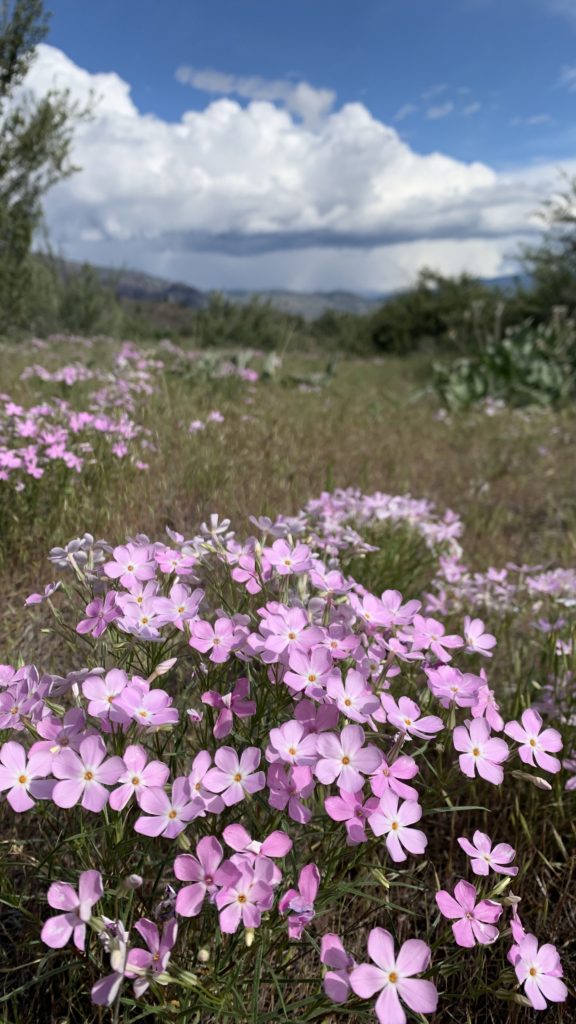
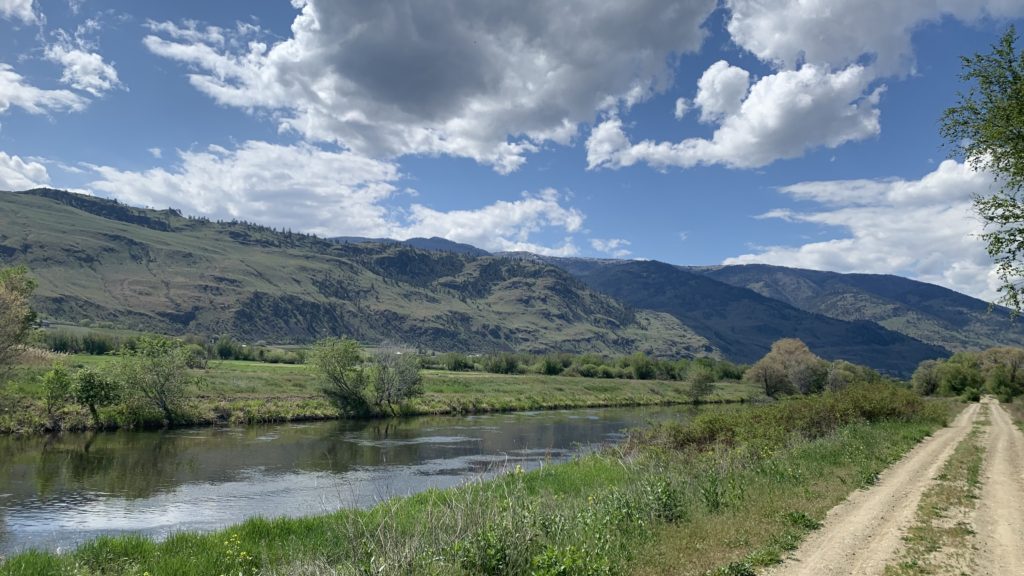
Spring in the Okanagan. Long-leaved Phlox (left) and Okanagan River Channel (right), photographed in the field by Olivia Wilson.
Trail cameras
In the second week of April, I finished the first monitoring period of roaming cats with trail cameras and collected about 800,000 images. Once the first deployment came to an end it was time to face a new challenge! Aside from the continuous rotation of backing up SD cards with collected images, I needed to find new 60 sites for cameras in the second deployment. I was very fortunate to have Brett Gandy, an MSc student from Dr. Erin Baerwald’s lab at the University of Northern British Columbia join me for a week to find new sites through door-to-door canvassing and deploy cameras. Brett was a huge help and great company throughout the stressful week! We were able to deploy all cameras in urban, peri-urban, agricultural and protected areas in the South Okanagan.
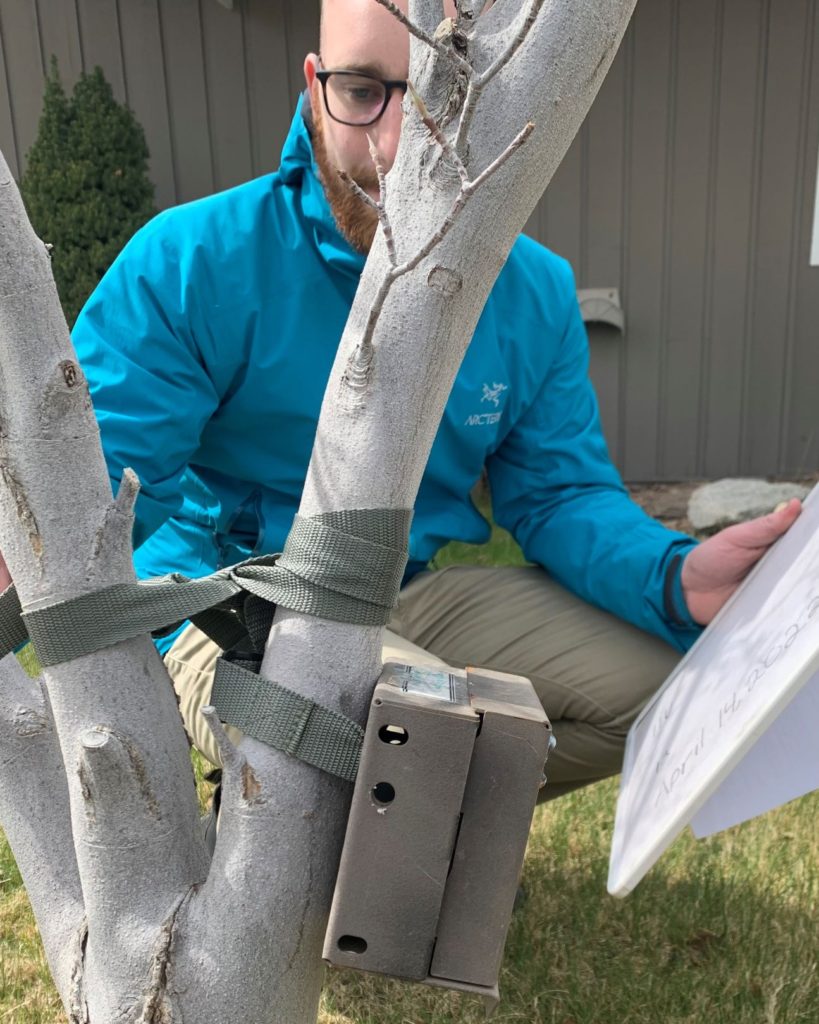
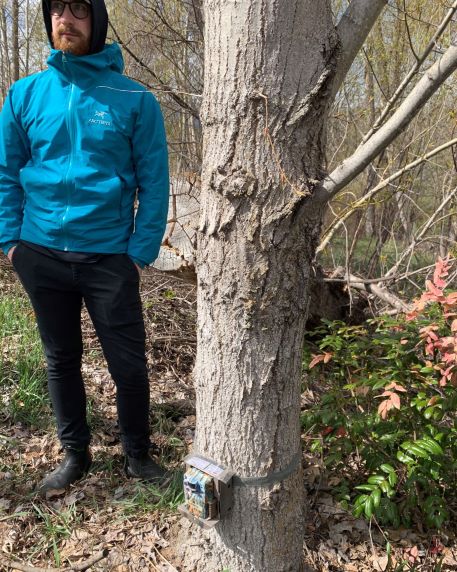
Brett Gandy, an MSc student (UNBC) helped Olivia find locations and deploy 60 trail cameras for the second monitoring period of outdoor cats in the South Okanagan. Photos by Olivia Wilson.
Cameras are triggered by movement in front of the camera, and thus thousands of pictures are taken during a monitoring period. Volunteers will be helping go through all camera images and record observations. Every time I check SD cards on trail cameras, I do a quick check of images. In this period, I found the first cougar detected by one of my cameras! The photo was taken at night during the first week of May (see below).
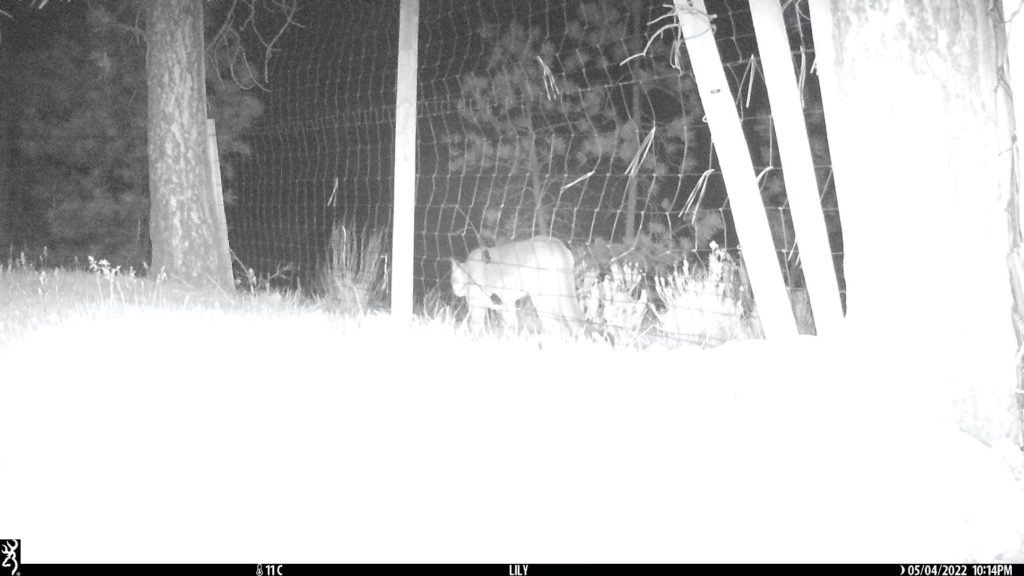
Olivia’s trail cameras photographed a cougar in the South Okanagan in early May, 2022.
Bird surveys
After getting all the cameras up, it was time to survey birds at new camera sites. With spring progressing, it was interesting to see a greater diversity of species migrating from the south. Conducting surveys during migration has been a challenge, but I have been picking up many new calls, which has made this a very rewarding learning experience.
For the first while, my surveys were filled with White-crowned Sparrows, which flew by in huge flocks. Once the White-crowned Sparrows calmed, the more interesting and colourful birds started appearing. For example, I spotted my first Western Tanager which was a very exciting moment. While they are common in the Okanagan, they aren’t in Ontario where I am from. Slowly, more warblers also started showing up, a nice opposition to the common sighting of Yellow-rumped Warblers. That also presented some lifers for me! We refer to a bird as a lifer when you see it for the first time. I quickly picked up on new and unfamiliar calls and songs from birds like Bullock’s Oriole, Orange-crowned Warbler and Wilson’s Warbler. This was accompanied by the other, more familiar songs, such as the Yellow Warblers, Nashville Warblers and Common Yellowthroats.
I am excited for the next round of surveys as more birds arrive and I hope to continue to expand my repertoire and pick up new lifers! I am also so grateful for the receptiveness of the public on this project and want to thank everyone who has helped host trail cameras and assist me in the field! Fieldwork is conducted in the South Okanagan valley, the traditional, unceded and ancestral territory of the Syilx Okanagan Nation. The work is completed with permits from the Ministry of Forests, Lands, Natural Resource Operations and Rural Development, the Nature Trust of BC, and BC Parks.
Visit the Okanagan Cat Count page to learn more about this research project. Find out how to keep pets and wildlife safe on our Cats and Birds pages.






